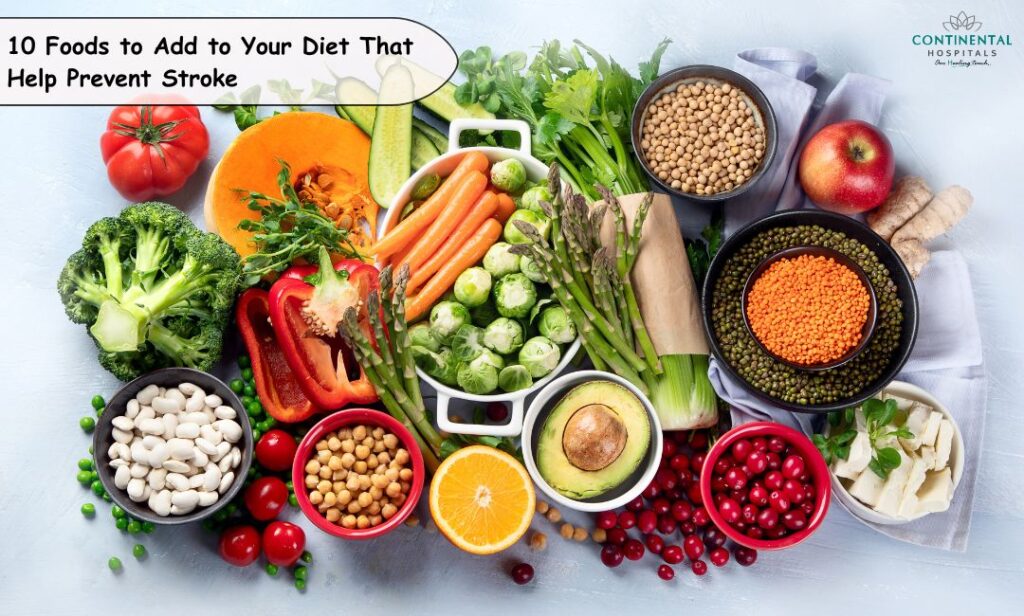Eat Smart, Prevent Stroke: Top Diets for Heart & Brain Health
Share IT

Launch Your Dream Website with Us!
Click Here to Get in touch with Us.
Categories
Stroke Prevention Diet
Eat Your Way to Prevent Strokes with Low-Sodium, Mediterranean, and DASH Diets
Eatership has a big influence on stroke, one of the world’s leading causes of disability and death. Thankfully, there are a number of dietary strategies that can lower your risk. This blog post explores the DASH diet, the Mediterranean diet, and the low-sodium diet—three effective dietary allies in the fight against stroke.Stroke Prevention Diet
Thank you for reading this post, don't forget to subscribe!Table of Contents

Recognizing the Risk Factors for Stroke
Stroke Prevention Diet
The following are some factors that increase the risk of stroke:
- Elevated blood pressure: This is a significant risk factor since it strains your blood vessels and raises the possibility of a rupture.
- Elevated cholesterol: An accumulation of low-density lipoprotein (“bad”) cholesterol can clog arteries, making them narrower and raising the risk of stroke.
- Diabetes: This illness can lead to blood vessel damage and stroke.
- Obesity: Being overweight strains your heart and blood vessels more.
- Diet: A poor diet heavy in processed foods, saturated fat, and sodium raises the risk of stroke.
Stroke Prevention Diet
To maintain healthy arteries and normal blood pressure, follow these dietary guidelines that specifically address these risk factors.
The DASH Diet: A Superpower with Clinical Proof
Stroke Prevention Diet
To reduce blood pressure, the Dietary Approaches to Stop Hypertension (DASH) diet was created. Studies have indicated that it is also very successful in lowering the risk of stroke. The following are DASH’s guiding principles:
- Focus on fruits, vegetables, and whole grains: Eat more fruits, vegetables, and whole grains since they are high in fiber, vitamins, and minerals that are essential for heart health. They often have less fat and calories as well.
- Select dairy products that are fat-free or low-fat: Dairy products contain calcium, which lowers blood pressure.
- Limit saturated and trans fats: Reduce your intake of saturated and trans fats because they raise LDL cholesterol and cause plaque to accumulate. Choose heart-healthy fats like nuts, olive oil, and seafood.
- Cut back on red meat: Pay attention to lean protein sources such as poultry, fish, and lentils.
- Limit the amount of sweets and sugary beverages you consume: Blood pressure problems and weight gain can both be attributed to added sugar.
- Limit your intake of salt: The DASH diet suggests 2,000 mg of sodium per day, which is much less than what the average American diet provides.
The Mediterranean Diet: A Nutritious and Healthful Feast
Stroke Prevention Diet
This diet, based on the customs of Mediterranean-coastal countries, emphasizes complete, fresh foods and healthful fats. Important characteristics consist of:
- Plenty of fruits, vegetables, and whole grains: The Mediterranean diet places a strong emphasis on these nutrient-dense foods, just like DASH does.
- Good fats found in olive oil: An essential component of the diet is extra virgin olive oil, which has heart-healthy properties and anti-inflammatory properties.
- Put an emphasis on seafood and fish: These protein sources offer heart and brain health-promoting omega-3 fatty acids.
- Moderate consumption of eggs and poultry: Moderate amounts of lean protein sources are included.
- Minimal amounts of processed and red meats: Their correlation with a higher risk of stroke leads to a reduction in their consumption.
- Moderate dairy intake: The Mediterranean diet permits a moderate amount of dairy products, such as cheese and yogurt, in contrast to the DASH diet.
- Spices and herbs for flavor: Rather of mainly depending on salt, the use of herbs and spices for flavoring is recommended.
The Low-Sodium Diet: An Easy yet Effective Strategy
Stroke Prevention Diet
High blood pressure is a primary cause of stroke risk and is significantly influenced by sodium. The goal of a low-sodium diet is to minimize sodium consumption in order to control blood pressure and enhance cardiovascular health. This is what it comprises:
- Restricting processed foods: They frequently include high amounts of salt. Carefully read food labels and select items with reduced salt content.
- Cooking at home: Cooking in your own kitchen gives you more control over how much salt you use in your food. Use spices and herbs to bring out the flavor.
- Choosing canned foods with reduced sodium content: There are many tinned products available in low-sodium or no-salt varieties.
- Observing restaurant meals with awareness: Food from restaurants may have a lot of sodium. If you would like sauces and dressings on the side, ask about low-sodium options.
Combining Techniques to Get the Best Outcomes
Stroke Prevention Diet
These diets can be used separately or in combination to create a potent stroke prevention plan. Here are some pointers:
- Pay attention to the points of agreement: Fruits, vegetables, whole grains, and healthy fats are the mainstays of all three diets.
- Select sources of lean protein: Legumes, fish, and poultry are better options than red meat.
- Avoid processed foods and sugar-filled beverages: These are linked to weight gain and bad cholesterol levels.
- Examine food labels: When choosing foods, pay attention to the sodium concentration.
- Speak with a qualified dietitian: They can tailor a plan to meet your requirements and preferences in terms of health.
Stroke Prevention Diet
By implementing these dietary techniques, you can lower your risk of stroke and enhance your general health proactively. Recall that consistency is essential. Creating tiny, enduring

Launch Your Dream Website with Us!
Click Here to Get in touch with Us.





























































Recent Comments